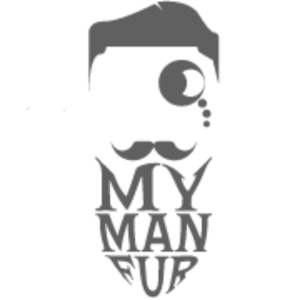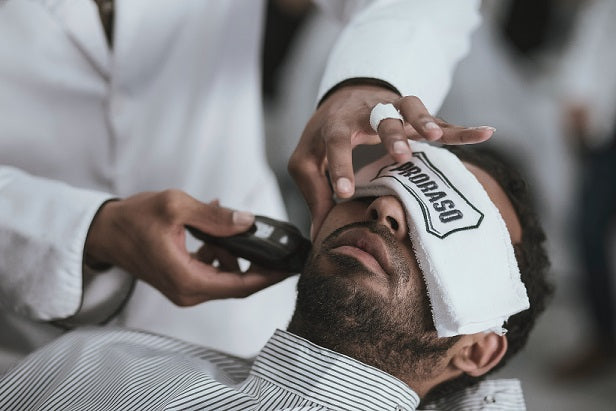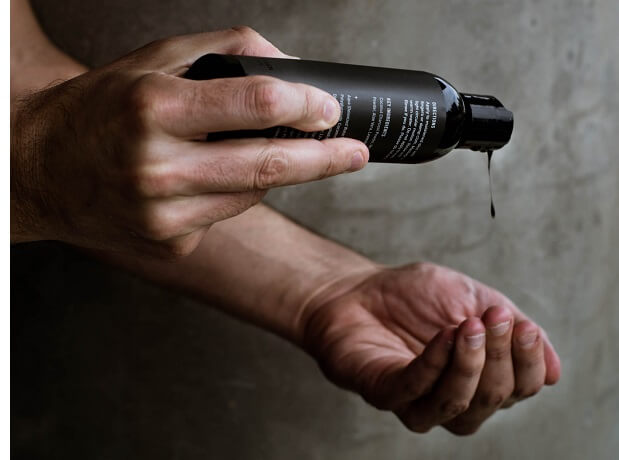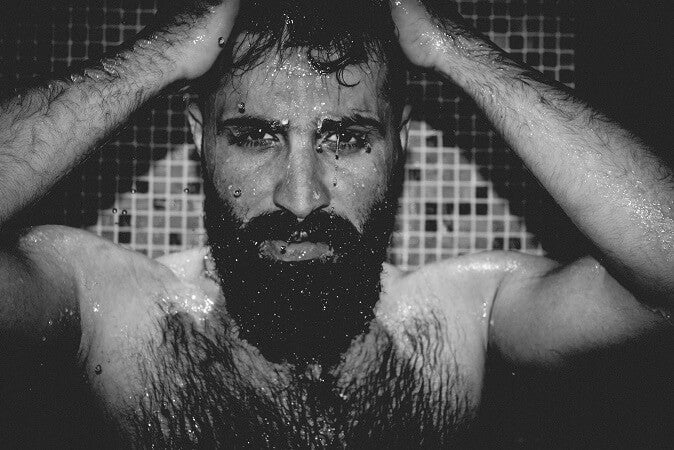The Ultimate Guide: Best Way to Remove Nose Hair and Ear Hair

Nose and ear hair can be bothersome and impact your grooming routine. Finding the best way to remove nose hair is essential for a clean and polished look. In this comprehensive guide, we'll explore effective methods for nose and ear hair removal, ensuring you can confidently tackle this aspect of your grooming routine.
Why Remove Nose Hair and Ear Hair?
Excessive nose and ear hair can not only affect your appearance but may also lead to discomfort and hinder your overall grooming efforts. Removing these unwanted hairs has several benefits:
- Improved Aesthetics: A clean nose and ear area contribute to a neater and more polished appearance.
- Enhanced Comfort: Removing excess hair can alleviate discomfort and the sensation of tickling or itching.
- Boosted Confidence: Knowing that your grooming is on point can boost your self-confidence and overall sense of well-being.
Methods for Nose Hair and Ear Hair Removal
Explore the following effective methods for removing nose and ear hair:
1. Trimming with Electric Nose and Ear Hair Clippers
Nose hair clippers specifically designed for the delicate areas of the nose and ears offer a quick and precise solution. Look for clippers with rounded tips to avoid accidental nicks or cuts. Simply trim the excess hair for a clean and groomed look.
2. Waxing for Longer-Lasting Results
Waxing is a method that provides longer-lasting results. It involves applying a small amount of warm wax to the nostrils or ear entrance, allowing it to harden, and then quickly pulling out the unwanted hair. While this method may cause momentary discomfort, many find the results worth the effort as it removes hair from the root.
3. Manual Trimming with Scissors
For a budget-friendly option, manual trimming with scissors is effective. Use small, rounded-tip scissors designed for grooming, and carefully trim visible nose and ear hair. This method requires a steady hand and may need more frequent upkeep compared to other methods.
Choosing the Right Tools for Nose and Ear Hair Removal
Investing in high-quality grooming tools can significantly impact the effectiveness and safety of your hair removal process. Explore our collection of premium hair removal tools for ears and nose at MyManFur:
- Nose Hair Clippers: Specially designed for safe and precise trimming of nose hair, these clippers offer convenience and efficiency.
- Ear Hair Clippers: Tailored for the delicate ear area, these clippers provide a gentle and effective solution for ear hair removal.
- Grooming Scissors: Rounded-tip grooming scissors are ideal for manual trimming, offering precision and control.
Precautions for Nose and Ear Hair Removal
While removing nose and ear hair is a common grooming practice, it's essential to follow a few precautions to ensure a safe experience:
- Avoid Over-Trimming: Be mindful not to remove too much hair, as nose hair serves a protective function by trapping dust and bacteria.
- Use Specialized Tools: Choose grooming tools specifically designed for nose and ear hair removal to minimize the risk of injury.
- Regular Maintenance: Incorporate nose and ear hair removal into your regular grooming routine to maintain a clean and tidy appearance.
Removing nose and ear hair is an essential aspect of a well-groomed appearance. Explore our collection of hair removal tools for ears and nose at MyManFur and discover premium solutions for achieving a clean and polished look. With the right tools and methods, you can confidently manage nose and ear hair, enhancing your overall grooming routine.
Invest in quality, invest in confidence. MyManFur provides the tools you need for effective and safe nose and ear hair removal. Elevate your grooming experience today.




